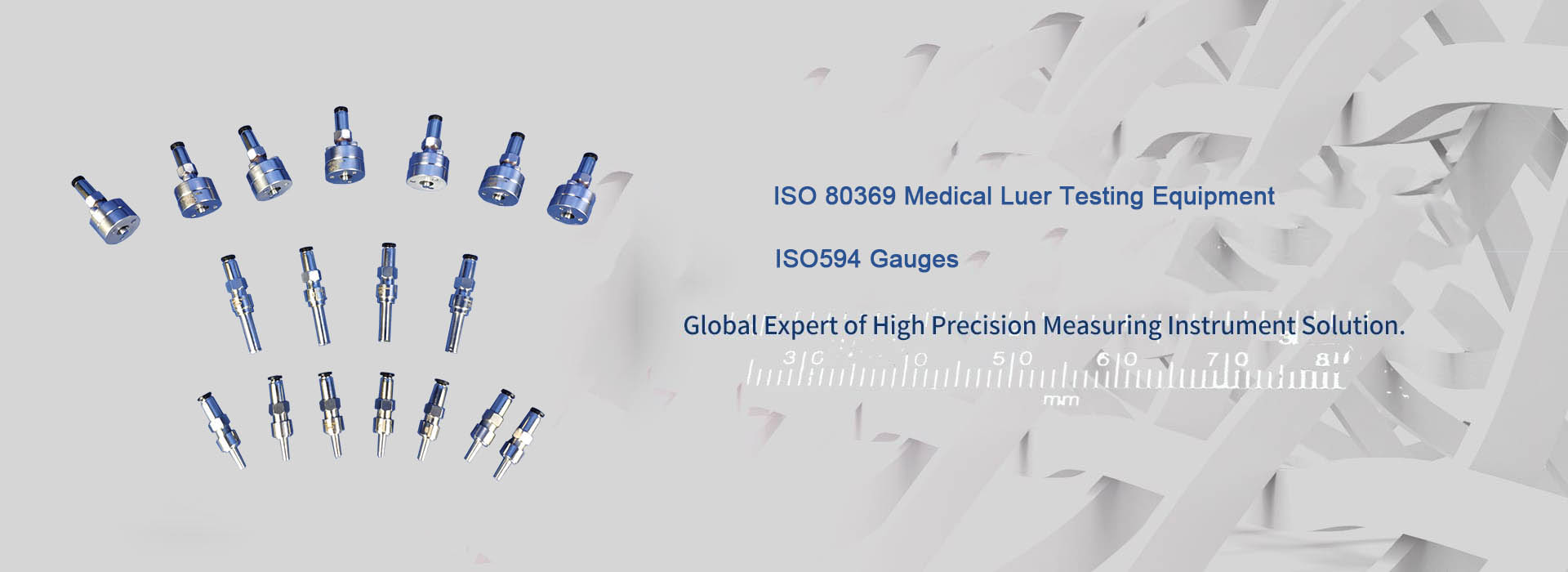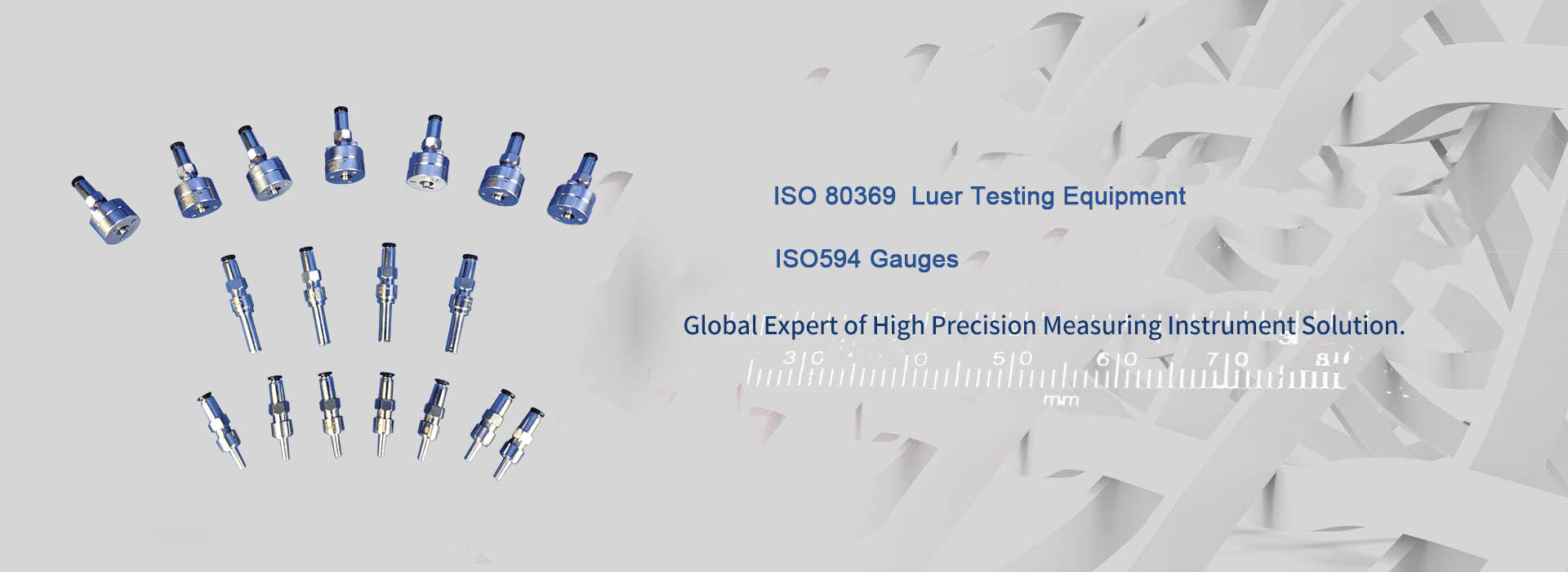Why the Dropping Ball Impact Tester Matters in Quality Assurance
The dropping ball impact test, commonly known as DBIT, is an essential instrument in materials assessment. It measures the resilience and durability of diverse materials through controlled impacts delivered by a descending ball. This method is integral in various sectors, from automotive to construction, to guarantee materials can endure realistic forces. This article will discuss the significance of DBIT, its diverse applications, and address four critical requirements for its use.
1. Precision and Uniformity in Testing

The demand for precision and uniformity in the DBIT process is paramount. The reliability of the outcomes hinges on the accuracy of the equipment and the uniformity of the testing procedures. High-precision mechanisms in the design ensure the ball descends from a consistent altitude and with a standardized impact velocity. Regular calibration and maintenance are crucial to maintain the DBIT's accuracy over time.
2. Adaptability for a Variety of Materials

Versatility in testing numerous materials is another key demand. The DBIT must be capable of examining materials differing in density, hardness, and thickness. This necessitates the tester to be equipped with exchangeable balls of various sizes and weights, as well as adjustable drop heights. Its ability to test materials ranging from plastics to metals, ceramics, and composites makes it an invaluable asset across multiple sectors.
3. Safety Measures for Operators

Safety is crucial when dealing with equipment involving falling objects. Thus, DBITs must incorporate various safety features to safeguard operators. This includes robust construction, safety guards to prevent unintended contact, and emergency stop mechanisms. The design should also facilitate easy access for loading and unloading materials, minimizing the risk of accidents during operation.
4. User-Friendly Interface and Data Analysis
A user-friendly interface and comprehensive data analysis capabilities are essential for DBITs. Operators should easily program test parameters, review outcomes, and store data for future reference. The interface should be intuitive, with clear instructions and a logical structure. Built-in software for data analysis, report generation, and comparison against industry standards should also be available.
In subsequent sections, we will delve deeper into the applications of DBITs, focusing on their role in ensuring product quality and safety across industries. For instance, the DBIT is used in the automotive industry to evaluate the toughness of components like bumpers and doors. In construction, it assesses the impact resistance of materials like concrete and tiles. The plastics industry employs it to test the toughness of polymers and other plastics.
DBITs are also valuable in general material testing labs and research facilities. They are instrumental for researchers and engineers developing new materials or enhancing existing ones. The DBIT's versatility allows for a broad range of tests, making it a valuable tool in the development of new products and processes.
In summary, the DBIT is a vital tool for ensuring material quality and safety across numerous industries. Its precision, adaptability, safety features, and user-friendly interface make it an invaluable asset for manufacturers, researchers, and engineers. As the demand for high-quality, durable materials escalates, the role of DBITs in quality assurance is likely to grow even more significant.
To further enhance the depth and breadth of this content, consider integrating new data or research findings. For example, studies may reveal the specific impact of different ball materials on test outcomes, or how variations in drop height can influence material response. Additionally, exploring advancements in DBIT technology, such as the integration of AI for predictive analysis, could provide insights into future trends in material testing.
- KINGPO will meet you at the 92nd China International Medical Equipment (Autumn) Expo in 2025
- KingPo Delivers and Installs State-of-the-Art Dust Chamber in Korea, Enhancing Local Testing Capabilities
- KINGPO Company Unveils Next-Generation Electrosurgery Analyzer
- KINGPO 2024 R&D Results Report
- ISO 594 is replaced with ISO 80369
- KingPo CEO invited to the 83rd International Electrotechnical Commission (IEC) General Assembly
- Understanding the Importance of Buying a Luer Connection Test Kit
- Essential Considerations for Small-Bore Connector Testing Equipment
- Medical Device Pressure Validation: Ensuring Accuracy and Reliability
- Luer Gauge Adapter for Syringes: Enhancing Medical Precision and Safety


